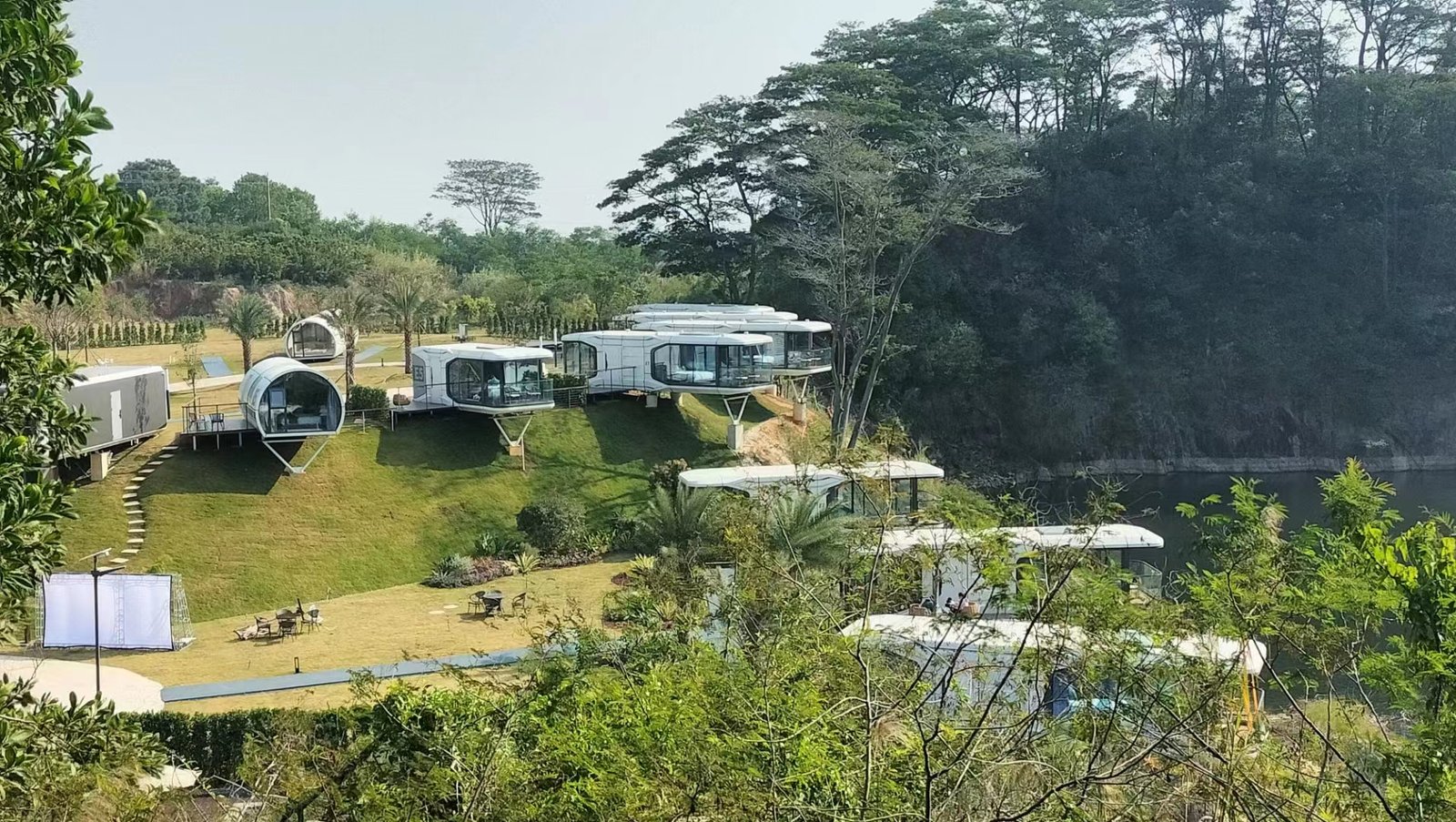Have you been dreaming about building a container house but worried about the cost? You're not alone. Many buyers rush into the process only to realize they overspent. Don't let that be you. In this post, I'll walk you through key money-saving strategies that will help you get the most out of your container house investment without breaking the bank.
One of the biggest factors in saving money is ensuring the container's transportation and packaging are done right. Just like I've guided clients in the Philippine on how to transport shipping containers, it's critical to pack and move your container house correctly. A well-packed unit minimizes damage and delays, both of which can add to costs unnecessarily. Let’s dive into five specific tips that can help you save from the start.

- Research Reputable Sellers
Buying from a reputable seller is essential for securing a high-quality container at a reasonable price. A trustworthy seller will provide clear documentation, including the container's history, manufacturer, and modifications. This minimizes your risk of hidden problems like rust, dents, or poor structural integrity, ensuring that you're getting the value you expect. Never skip due diligence when it comes to sellers—this could be the biggest factor in preventing costly mistakes.
- Consider One-Trip Containers
One-trip containers offer the perfect balance between affordability and condition. These containers have only been used for a single shipment, which means they are nearly new but cost less than a brand-new container. One-trip containers are less likely to have significant wear and tear, saving you from potential repair costs down the road.
- Keep the Design Simple
Avoiding unnecessary complexity in your design can save you a fortune. A simple, functional layout reduces the need for excessive modifications, which can quickly drive up construction costs. Focus on maximizing space efficiency rather than intricate design features. This not only keeps construction costs lower but also speeds up the building process.
- Negotiate the Price
Don’t settle for the first price you’re given. In the competitive container housing market, sellers are often open to negotiation. Show your knowledge of the market and container conditions to strengthen your position. If you can’t negotiate a lower price, try to negotiate added features, such as insulation upgrades or delivery discounts.
- Evaluate Local Regulations and Land Costs
Before purchasing a container house, understand the local regulations governing these structures. Some areas may have restrictions that can increase the cost of permits or modifications required for compliance. Moreover, land costs vary greatly depending on location, so it's crucial to research areas where land is affordable and regulations are favorable to container homes. This can save you from unexpected expenses in the long term.
By following these five tips, you’ll not only save money but also avoid common pitfalls in buying a container house. Whether it's by simplifying your design or ensuring you buy from a trusted seller, there are many ways to stretch your budget further and make your dream of owning a container home a reality.

How Can I Negotiate the Price of a Container Home Effectively?
Negotiating is all about understanding the market and being confident in your research. Start by gathering data on typical container prices and the condition of units similar to the one you’re considering. Point out any issues with the container that might warrant a discount, such as rust or minor damage. It’s also a good idea to have a backup plan, such as other sellers you can approach if negotiations fall through.
What Are the Best Locations to Build a Container Home with Minimal Regulations?
Look for areas that are more rural or where zoning laws are relaxed. In many developing regions, such as parts of Southeast Asia or Latin America, container homes are seen as innovative and practical solutions to housing needs. Make sure to double-check land-use regulations and environmental requirements to avoid fines or compliance issues later.
How Do I Inspect a Container Home for Potential Issues Before Buying?
Inspecting the container thoroughly before purchase is crucial. Look for signs of rust, especially along the roof and corners, which are more prone to weathering. Check the flooring and walls for any dents or damage, and make sure all previous modifications have been professionally done. If possible, bring in a third-party inspector to ensure you’re not missing anything.
What Are the Key Factors to Consider When Choosing a Container Home Seller?
Reputation is everything when choosing a seller. Look for sellers with a long track record of providing quality containers. Read reviews, ask for client references, and ensure the seller offers documentation on the container’s history. Trustworthy sellers will also be transparent about any potential issues with the container.
How Can I Ensure My Container Home Is Safe from Natural Disasters?
Your container home should be structurally reinforced to withstand local weather conditions, such as high winds or earthquakes. Look for units with high wind and seismic resistance ratings. For example, our EPS expandable containers can withstand wind speeds of up to 150 km/h and have earthquake resistance up to Grade 8.
In conclusion, buying a container home can be an affordable way to own property if you do it right. By researching reputable sellers, considering one-trip containers, keeping the design simple, negotiating the price, and understanding local regulations, you can save significantly. Remember, a little bit of preparation goes a long way in ensuring a smooth and cost-effective build.




